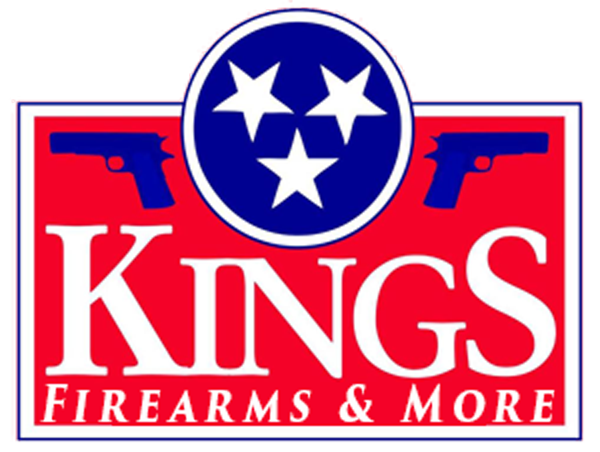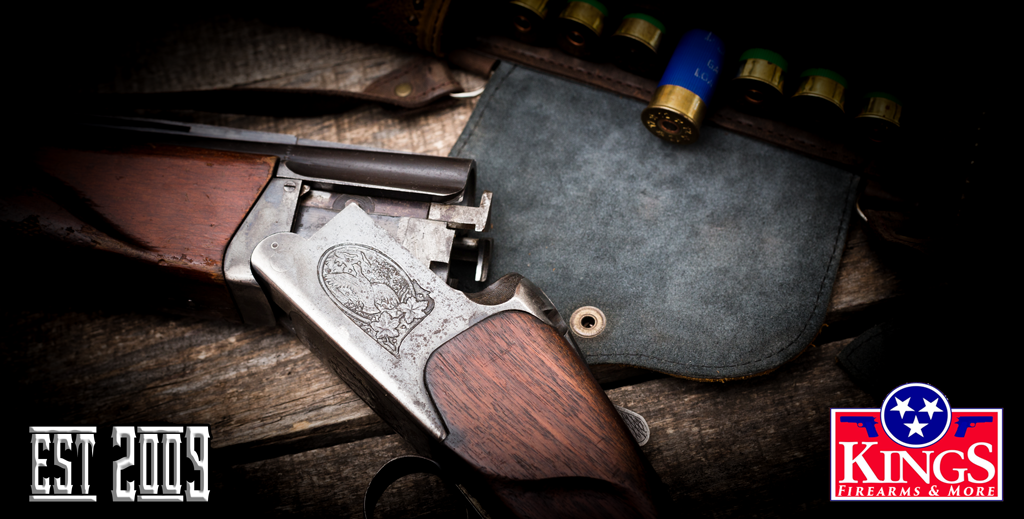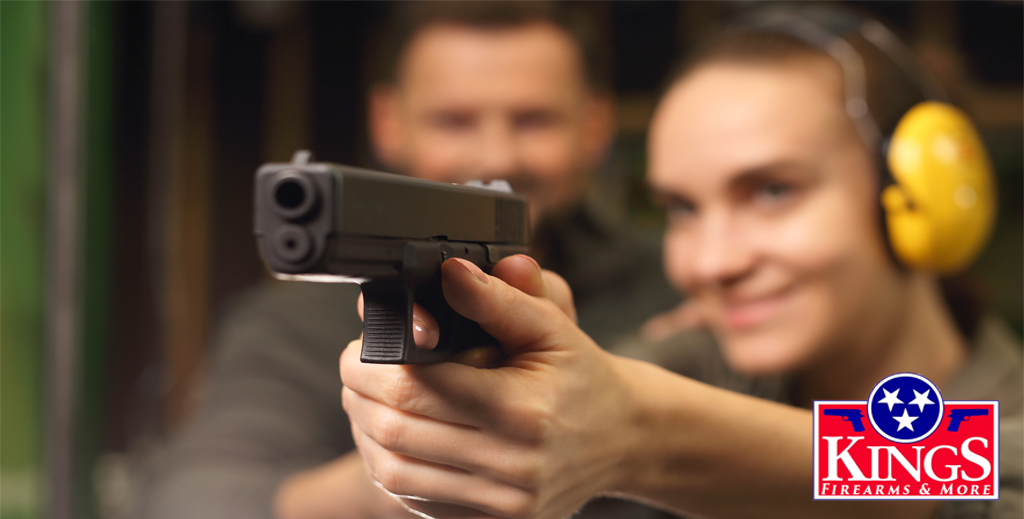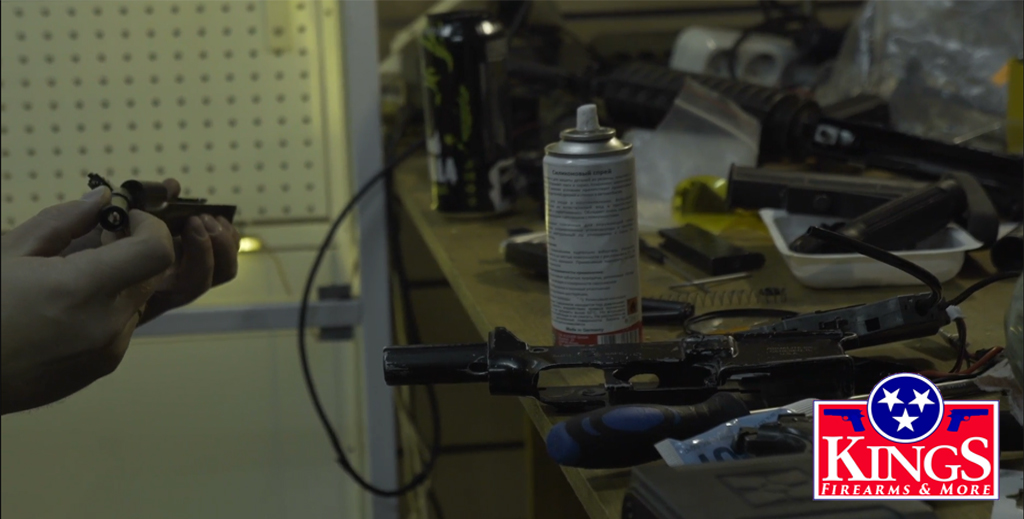It resulted in a resentful Catholic minority within Northern Ireland. The Protestants in the Republic of Ireland are a minority group constituting less than 5% of the national population. Answer (1 of 5): Edward Browning Varied with time and place Being Protestant is probably irrelevant now and having been born and bred in Dublin in the 1950s I can categorically say we had no trouble whatsoever. Irish unification could revive the north's violent Troubles. But they shouldn't be under rule of a hateful colonialist state. Vacation Rentals in Ireland - Perfect for Families and Budgets of All Sizes! Northern Ireland's mainly Protestant pro-British majority and the Catholic minority, which traditionally favored reuniting with the Republic of Ireland, had been living in peace after decades of . A census is being conducted in Northern Ireland only a hundred years after the UK government split the island of Ireland in half, keeping the northern part and creating an independent Irish Republic in the south. Click on an area of the map to find out more about that diocese. They march to a very different beat in the village of Drum, a blink-and-you'll-miss-it sort of place that still manages to be . Students often misunderstand this; they think of Northern Ireland as the Protestant-majority part of Ireland. The Republic of Ireland comprises 26 of the 32 counties of the island of Ireland on the fringes of north-western Europe. Like Great Britain (but unlike most of the Republic of Ireland), Northern Ireland has a plurality of Protestants (48% of the resident population are either Protestant, or brought up Protestant, while 45% of the resident population are either Catholic, or brought up Catholic, according to the 2011 census) and its people … But blessedly, most Irish people realise that. Of the 5.1 million people in the Republic of Ireland, a majority of the population—about 78%—identifies as Catholic, 3% are Protestant, 1% Muslim, 1% Orthodox Christian, 2 . Looking back, census results show that historically Roman Catholics represented on average of 89.5 per cent of the population in each of the four censuses held from 1881 to 1911. Another ancestor may have been a wealthy landlord. The Ireland Rugby team represents the Island of Ireland, rather than the Country of Ireland(referring to this as the Republic of Ireland herein to avoid confusion. St Patrick's Cathedral, Dublin, is the National Cathedral of the Church of Ireland. I w. 1. Religious Differences. Three counties had more than 1 in 3 of the population as non-Catholic, namely Dublin City, Dun Laoghaire and Galway City. The Republic of Ireland covers 5/6 of the island while Northern Ireland, part of the United Kingdom, covers the rest of the island. Nevertheless there was a feeling that you should be careful about what you said. However, Protestant politicians who opposed the . In the Republic, Protestantism was the second largest religious grouping . * Deliberate killing of Catholic civilians. There are around 208,000 people who identify as Protestant, as of the last census (2016). Emigration became an intrinsic part of Irish life before independence, especially from the Famine onwards. Trouble had, in fact, been brewing in Northern Ireland for generations. Irish Protestants in 2017: Far from the stereotypically aloof, rich Anglophiles. The Republic of Ireland endured a hard-fought birth. No wonder many took their chances and moved to the United States, especially during the horrific potato famine of the 1840's. Those who stayed in Ireland found a new way of expressing their anger: politics. In Belfast and other towns, protestants and Catholics often led separate lives . related to: republic of ireland. Pre-independence Irish Emigration. Religious Differences. However, the situation is changing. In 1968 Northern Ireland saw regular violence and rioting between Catholics and Protestants with the Royal Ulster Constabulary being attacked by both sides. Foster thought 'for most of weekend' about Cavan teen who took his own life after being bullied because dad was Protestant Often in consequence they are called Roman Catholics . Beginning in the late 1960s, Ireland was a target of Irish nationalist violence from Northern Ireland, a period known as the Troubles. The Republic of Ireland is historically a Catholic country and a large majority of the Irish are Catholics. 1st July 1690. Over 150 catholic homes in neighbouring protestant communities were burnt by Loyalist mobs resulting in 1,800 families being made homeless, and the Catholics quickly retaliated by burning . However, the majority of the Northern Irish have forefathers who emigrated from England and Scotland and these two countries have been Protestant for almost 500 years. Irish Protestants in 2017: Far from the stereotypically aloof, rich Anglophiles. The 4.8m Irish in the Republic and 1.9m in Northern Ireland still face a scary decade. Roman Catholicism is the dominant religion in Ireland, and it has played a significant political and social role in the community since the 12th century, though the Constitution guarantees the right of religious freedom. READ MORE: IRA Timeline Citation Information A ceasefire followed in July. For this reason it is incorrect to refer to members of the Church of Ireland as 'non-Catholic'. The census shows the Church of Ireland population has dropped slightly - after steady increases in recent decades . A serious attempt to bring about a resolution to the conflict was made in 1985 when British and Irish prime ministers Margaret Thatcher and Garrett Fitzgerald signed the Anglo-Irish Agreement, which recognized for the first time the Republic of Ireland's right to have a consultative role in the affairs of Northern Ireland. April 19, 2018 10:17 pm (Updated October 9, 2020 8:41 am) Catholics will outnumber Protestants in Northern Ireland as early as 2021, according to a leading academic. By 1700, almost all of Ireland was owned by Protestants. A century later it is 48% Protestant, 45% . By The Newsroom. There are Protestant schools, Protestant churches and Protestant charities dotted around the . For this reason it is incorrect to refer to members of the Church of Ireland as 'non-Catholic'. The Act brought together 6 counties to form the self-governing region of Northern Ireland, whose population was majority loyalist and Protestant. Robert Wilde is a historian who writes about European history. The name of the capital city, Belfast, derives from the city's Gaelic name, Beal Feirste, which means "mouth of the sandy ford," referring to a stream that joins the Lagan River. www.vrbo.com. Vacation Rentals in Ireland - Vrbo® [Official Site] - vrbo.com. Through decades of war and peace, Irish nationalists have dreamed of a day when Northern Ireland would leave the United Kingdom and join the Republic of Ireland, ending a 1921 partition that carved the island into a largely Irish Catholic south and British Protestant north. The original conflict between the Catholics and Protestants in Ireland was not truly a matter of religion -- it was a matter of social class.Put quite briefly, the majority of the population in . Welcome to Drum - the only Protestant village in Republic of Ireland. Ireland' with Protestant majority 26 southern counties known as 'Southern Ireland' (1920-1), Irish Free State (1921-37), Éire (1937-49), Republic of Ireland (1949-) Northern Ireland a self-governing 'province' within UK, with a devolved parliament and a regional government in Belfast The island of Ireland is known as Eire in Irish Gaelic. In 2016 Roman Catholics accounted for 78.3 per cent of the de facto population compared with 84.2 per cent in 2011. Northern Ireland is a country which is one of the four constituent countries of the United Kingdom.It is located at the northern tip of the island of Ireland and shares its only land border with the nation of Ireland to the south. An Early Attempt. Irish Christianity is dominated by the Catholic Church, and Christianity as a whole accounts for 82.3% of the Irish population. Protestantism is a Christian minority on the island of Ireland.In the 2011 census of Northern Ireland, 48% (883,768) described themselves as Protestant, which was a decline of approximately 5% from the 2001 census. The . Dr Paul Nolan, who specialises . Religious bigotry had been a feature of life in all of Ireland for centuries, and it remained just as strong by the 1960s. Organisation: Total Killings: Protestant: Catholic: Not from NI: IRA: 1696 (49%) 790: 338: 568: UVF: 396 (11%) 89: 265: 42: British Army: 299 (9%) 32: 258: 9 (unknown . Many Ulster Protestants fought with William and they became known as Orangemen. Ireland Area and Population Density. Violence between Protestants and Catholics in Northern Ireland escalated in the early 1970s, and to date the fighting has claimed more than 3,000 lives. The August riots were the most sustained violence that Northern Ireland had seen since the early 1920s. Welcome to Drum - the only Protestant village in Republic of Ireland. The Ireland team belongs neither to the Republic of Ireland nor Northern Ireland, but both flavours of Ireland. Is the Church of Ireland Protestant or Catholic? Most churches are organized on an all- Ireland basis which includes both Northern Ireland and the Republic of Ireland . The island of Ireland comprises the Republic of Ireland, which is a sovereign country, and Northern Ireland, which is part of the United Kingdom. Is Ireland Protestant or Catholic? The census shows the Church of Ireland population has dropped slightly - after steady increases in recent decades . The Church of Ireland is made up from 11 dioceses and over 450 parochial units. Catholic republicans sought to reunite Northern Ireland with Ireland, while Protestant loyalists wanted Northern Ireland to remain part of the United Kingdom. News Revealed: why 40,000 Protestants fled Ireland in four years A southern Protestant who always wondered why he felt like 'an outsider' says he has discovered a virtually unknown of exodus of . In regards to immigration, of the 137,048 people from the three main Protestant denominations (Church of Ireland, Presbyterian, Methodist) to declare their country of birth, only 94,889 (69.2%) stated the Republic. In the 2011 census of the Republic of Ireland, 4.27% of the population described themselves as Protestant. The fastest growing religious belief was the Orthodox branch of Christianity, whose adherents in Ireland grew from 45,200 in 2011 to 65,200 in 2016, an increase of 37.5%. Democracy in Northern Ireland. The proportion of Catholics in Ireland, 1881 to 2016. To be honest, I wouldn't mind if Northern Ireland wanted their own country, separate from the UK and Ireland. Is the Church of Ireland Protestant or Catholic? A major new comparative study of attitudes and values among Catholics and Protestants in the Republic of Ireland and Northern Ireland, to be published 23 March, reveals that: Religion is still a source of deep division in identity and constitutional prefer-ences on the island of Ireland. More recent figures from 2016 show that among those of working age 44% are now Catholic and 40% . Northern Ireland comprises two self-identified groups - the minority Irish nationalists Roman Catholics and the majority unionist/British Protestants. The terms Protestant and Catholic are not really opposites.
Cousins Subs Nutrition Calculator, Swimming Paddles Build Muscle, Firefly Serenity Quotes, When Was Saint Wolfgang Born, Italian Restaurant Easton, Ma, Giacomo Raspadori Fifa 22, Nordstrom Rack Dubuque, Boiler Water Test Procedure,




